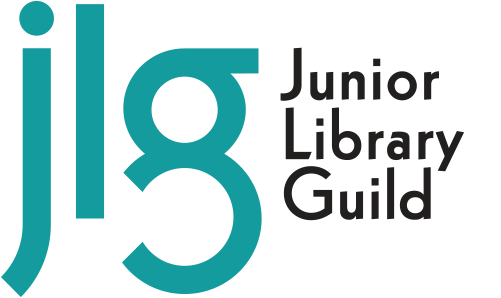Five Reasons Why Librarians Choose Genrefication for Their School Libraries



The frustrated faces of young children and teens trying to find a book amidst the Dewey classification system is something that librarians see on a daily basis, which is perhaps why the word “genrefication” is a hot topic for libraries these days!
Genrefication, while it may prove to be a highly valuable tool for librarians, can be quite the endeavor to pull off. Librarians across the country are noting positive results, however, and say it is well worth the effort. Research shows that a boost in independence and confidence have been observed in children regarding their ability to navigate the library, which immediately led to large circulation boosts in the school libraries.
While some school librarians start with the children’s fiction section first when spltting their library into genres, others choose to get rid of the Dewey classification system altogether. Whether or not you prefer the Dewey system, genrefication, or both, we are here to support your needs! But if you're wondering if you should give genrefication a try, here are five reasons why some school librarians are making the switch to genrefication.
1. Genrefication Encourages Literacy
Encouraging a lifelong love of books in young readers is an essential part of every librarian’s role in the library, and this is why many librarians have been experimenting with genrefication for some time in order to promote literacy in young readers. According to an article by Gail Cornwall from KQED’s Mindshift, many librarians call the Dewey classification system a “search hurdle” that thwarts a child’s ability to find new books in a genre that they already enjoy. Genrefication, in contrast, allows for easy access to discover new books of the same genre that they would also enjoy, since the books are right next to each other.
Research backs up this observation as well. In a research study published by the American Association of School Librarians’ peer-reviewed online journal, SLR, it was observed that “arranging the books by genre rather than just by the author's last name helps students who want to read a specific type of book.”
2. Finding Books Is Easier, For Everyone
Students who visit their school library aren’t the only ones benefiting from the results of genrefication. Librarians themselves have noted that genrefication makes it a lot easier to restock the shelves. In the SLR study, it was observed that when it came to finding books, students as young as kindergarteners had a reduction of anxiety and were able to locate books without any outside help. As a school librarian from this Mind Shift article puts it, “After genrefication...some periods came in, and there wasn’t one kid that needed to ask me anything, and they all found books in half the time.” A child who previously floundered ‘went right over to the Humor shelf, and it took about 30 seconds.’” This also benefits librarians because when less time is spent teaching students how to find books, more time can be spent on teaching students other valuable researching skills!
3. Genrefication Increases Browsing Satisfaction
It goes without saying that when you can find a book easier and quicker with genrefication, you are going to be more satisfied with the process, and that’s exactly what research has shown. Organizing books with technical labels makes the experience of book browsing incredibly challenging, especially for young students. When librarians take the genrefication approach to organizing their collections, students are more able to be familiar with how the books are organized and therefore are more likely to find a book that they want to check out.
4. Genrefication is Helpful for Reluctant Readers, ESL Learners, and Special Needs Students
Not only does genrefication benefit young readers by allowing them to find the books that they love faster, genrefication is also especially helpful for students who may have more difficulty using a master catalog or have the ability to scan book summaries. According to research, the visual clues that color-coding the spine labels provides allows for children who have learning disabilities, have not yet mastered English, or struggling readers with the ability to still find books on their own.
5. Genrefication Increases Circulation
Perhaps the most drastic observation to be noted by librarians and researchers is how circulation rates drastically increased after libraries were “genrefied.” In Baltimore County Public Schools, one librarian who converted her library had immediate results. While the fiction title circulation went up by 40 percent, the nonfiction rose by 400 percent! As the Baltimore County Public School librarian put it, “Students are much more excited about finding books on their own...They now say things like, ‘Wow, I didn’t know we had this!'”
And it’s not just Baltimore that is seeing big results. Other studies have shown that circulation rates increased between 30-92 percent after the first year of genrefication.
Finally, if you are needing some motivation to start your library weeding project, you will soon discover that genrefication is a way to accomplish several tasks at once. Is this a project your school library is considering? Make genrefication a little bit easier with our curated packages and categories.
Sources:
- https://www.kqed.org/mindshift/51336/how-genrefication-makes-school-libraries-more-like-bookstores
- -https://districtadministration.com/genres-generate-renewed-enthusiasm-for-school-libraries/
- https://www.ala.org/aasl/sites/ala.org.aasl/files/content/pubs/slr/vol23/SLR_GenrefyingChildrensCollection_V23.pdf
- https://www.ala.org/news/member-news/2020/09/study-finds-genrefication-increases-browsing-satisfaction

